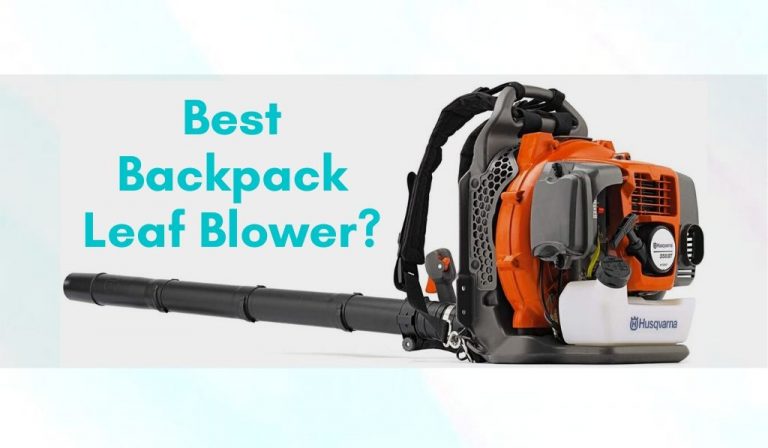Tools for Removing Weeds Between Pavers
Removing weeds between paver spaces by hand is usually a time-consuming and labor-intensive process. Weed removal tools usually make the process less tiring, while also digging out weeds from the roots to minimize chances of future unwanted growth. When picking a weeding tool for your paver crevices, consider the width of the paver gaps, the ease of use of the tool, and how deep the weed roots have grown.
Is it okay to pull weeds between pavers?
Weeds between pavers diminish your curb appeal by making your patio or driveway less visually appealing. Pulling weeds out of pavers is one of the most effective weed control methods, as it lowers the chances of the weeds growing back again in the future. When weeds are pulled out, even the roots normally come out, eliminating the chances of re-sprouting.
Other weed-killing methods, such as setting the weeds ablaze using a blow torch, aren’t usually considered as effective as they don’t kill the weed roots as well. You can pull weeds between pavers either by hand or using a weed-removal tool that digs out the invasive plants from the roots.
Best Tools for Removing Weeds between Pavers
The best tools for removing weeds between paver spaces are usually durable, easy to use, and can pull out weeds from the roots instead of cutting them off at the stalk. Also, depending on your needs, your best option may be a heavy-duty or lightweight weeding tool. Here’s a detailed guideline of the best paver weeders on the market right now, including multipronged weeders, stand-up weeders, and Cape Cod weeders.
Carrot Design Garden Weeder
The Carrot Design Cape Cod Weeder is one of the best commercially available products that you can use to dig out weeds like dandelions sprouting between your paving blocks. This weeding tool features an ergonomic hardwood handle that allows the user to maintain a firm grip even when not using gloves. Meanwhile, its lightweight construction makes it easy to use.
The Carrot Design Garden Weeding Tool also boasts greater versatility compared to most other tools on this list. You can either prune weeds at the stalk using the sharp cutting edge or dig the roots out using the tip. On the downside, though, this tool is designed for right-handed users, making it uncomfortable for left-handers.
Worth Garden Stand-Up Weeder
The Worth Garden Weeder incorporates a foot pedal and a 34-inch long handle, making weed removal less labor-intensive as you don’t have to strain your back by bending. This Tool also features a five-claw design for easier soil penetration and removal of deeply-established weed roots.
With a foam-padded handle, the Worth Garden Stand-Up Weeder offers a firm grip, making it comfortable and easy to use. Meanwhile, the durable steel construction and rust-proof zinc coating will allow you to enjoy using this weed remover for many years.
Gardena Hand Weeder
This sharp-edged tool is one of the most popular weed removers amongst homeowners and landscaping professionals. The Gardena Hand Weeder has a stainless steel blade that doesn’t break even as you apply excessive force when pulling out weeds between your patio pavers. The fact that stainless steel doesn’t rust also adds to this tool’s durability.
The edge of the blade of the Gardena patio weeding tool is also very thin to ensure that you can still pull out weeds even if the crevices between the pavers are very narrow. Meanwhile, its hardwood handle is purposely designed to offer optimal grip and slip resistance.
Wilcox All Pro Stainless Steel Weeder
The Wilcox All Pro Weeder boasts heavy-duty stainless steel construction to easily pullout tough weeds like burdocks without bending or breaking. It also has a sharp, V-shaped tip that easily penetrates the soil and digs out weeds from the roots.
At only 13-inches long, the Wilcox All Pro Stainless Steel Weeding Tool is great for landscaping pros that prefer smaller tools that they can easily pack and get going. Meanwhile, the plastic handle offers a firm, non-slip grip. Selling at only $22.99 on Amazon, this handy tool offers great value for money.
Fiskars 3-Claw Garden Weeder
The Fiskars Garden Weeder features three serrated prongs that firmly grab on weeds and their roots for fast and easy weed removal. This tool is 39-inches long and comes with a foot pedal, allowing for hassle-free paver maintenance without the need to bend. What’s more, you don’t even have to apply too much force to push the claws deep into the soil underneath the paver crevices.
The Fiskars 3-Claw Garden Weeder also boasts an easy-release mechanism on the handle that allows users to empty uprooted weeds into a bin without getting their hands dirty. The only downside to this otherwise magnificent tool is the plastic foot pedal that can crack easily.
Yard Butler Twist Weeder
The yard butler twist weeder is a versatile tool that works both as a weeding tool and a soil tiller/aerator. This unique-looking weeding tool features angled tines on the business end. Once you’ve pushed the tines into the soil and twisted the handle, the tines hook the weeds (roots included) and pull them out.
The handle is 12-inches wide, thus minimal twisting force is needed to push the sharp tines deep into the soil. The Yard Butler Twist Weeding Tool is 38-inches tall and also has a step plate, allowing users to weed out invasive plants between paver crevices without having to bend.
DeWit Cape Cod Weeder
If the spaces between your paving blocks are very narrow, the DeWit Cape Cod Weeder is probably your best option. The sharp end of this tool is made of durable boron steel for a tool that will serve you for long without bending.
The DeWit Cape Cod Weeder comes with a P-Grip handle that allows for a firm hold when pulling deep-rooting weeds like thistles and docks. It’s one of the more expensive weeding tools on the market though, retailing at $47.23 on Amazon. Also, depending on whether you’re right-handed or left-handed, you may find it uncomfortable to use a right-handed/left-handed DeWit Cape Cod Weeder.
Ways to Prevent Weeds in Paver Crevices
Weed removal is a tedious and costly process. That’s why it’s better to take the necessary precautionary measures to prevent weeds from sprouting between your paving slabs in the first place. You can prevent weeds in paver crevices by filling the spaces with polymeric sand, sealing the pavers, and regularly cleaning the paved surface.
i. Fill in the Paver Gaps with Polymeric Sand
One of the most effective ways to seal gaps between patio pavers is by filling in the spaces with polymeric sand, which is a specially formulated type of sand used for stabilizing paver joints. Polymeric jointing sand contains specific additives that are water-activated to form a compact structure that weeds can barely penetrate through.
ii. Seal the Pavers
To further keep off invasive plants, you need to seal the paver gaps with paver joint stabilizing sealant after filling them in with polymeric sand. As you spray the sealer onto the spaces between the paving blocks, the polymeric sand absorbs the liquid, further hardening it to prevent weed penetration. It’s advisable to go for a sealant that offers strong and long-lasting surface protection.
Note: The polymeric sand filling provides a base for the sealer material to sit on, while also keeping off moisture. If you were to seal the paver crevices without sand, it’s highly likely that moisture from below would react with the sealer, causing it to degrade.
iii. Regularly clean the Paved Area
More often than not, paver weeds sprout from seeds dragged into the paver crevices by wind, rather than from live roots underneath the paving slabs. You can prevent such surface weeds from settling and sprouting by regularly sweeping and pressure-washing your paved surface. Remember, pressure washing not only removes weed seeds, but also shallow weed roots waiting to re-sprout.


